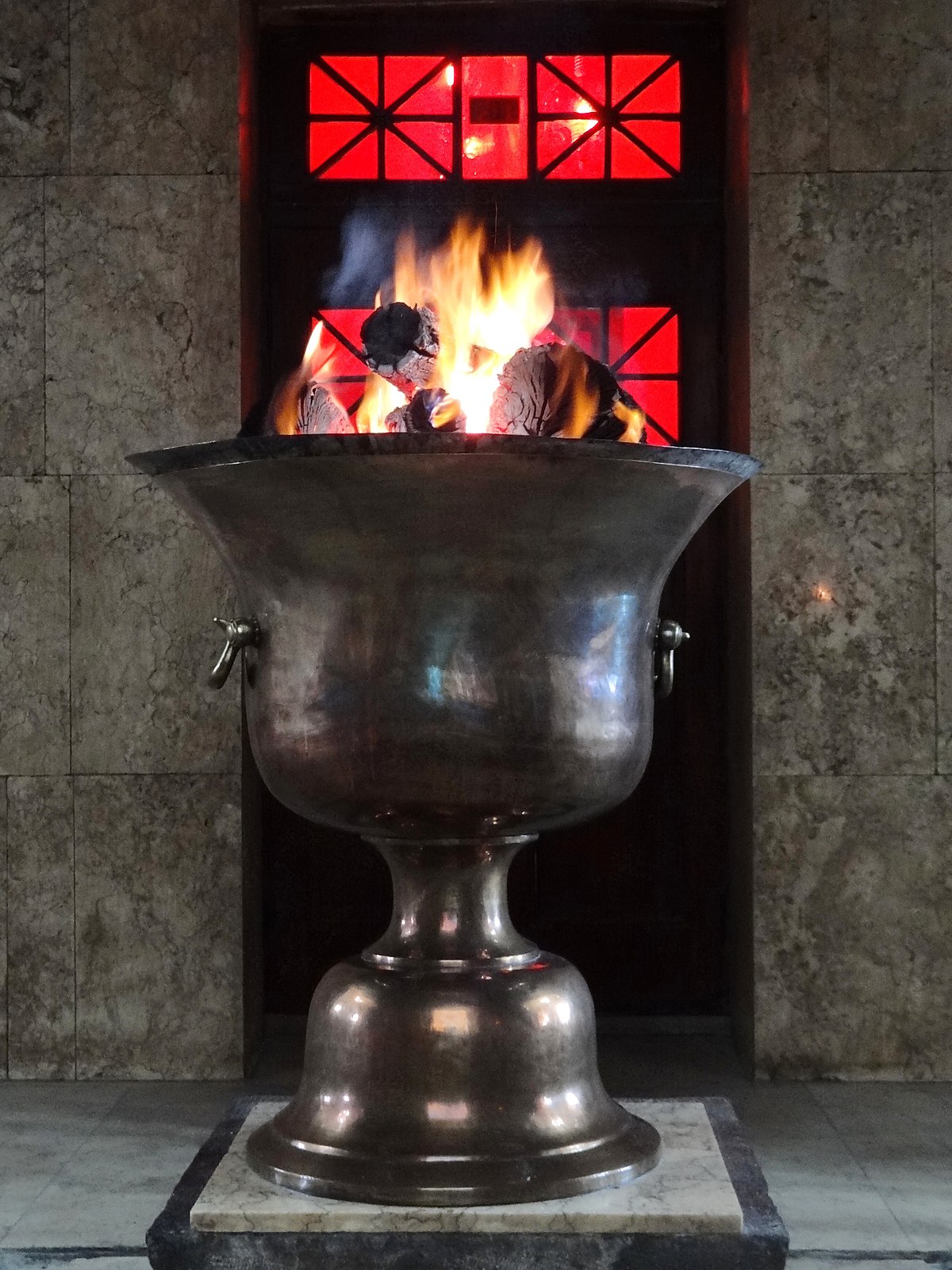It proves that you do not have such examples....
Abul Fath Jalal-ud-din Muhammad Akbar, also known as
Akbar the Great, the third emperor of the Mughal Empire, earned a reputation for being a just ruler of 16th-century India. Emperor Akbar enlarged and consolidated grants to temples and temple-servants in the Mathura region by his farmaans (orders), dated 27 August 1598 and 11th September 1598, in Vrindavan, Mathura and their environs.
His son Jahangir
continued the tradition of supporting a multi-faith India by making significant additions to the grants approved by his father. He added at least two temples to the list of the
thirty five supported by Akbar’s grant of 1598.
Similarly, another Mughal King,
Jahangir, provided 121 bighas, or 30 hectares of land, to five families of temple sevaks (caretakers). In 1620, he also visited the Vrindavan temple. According to historic accounts, it is also known that whenever temple priests had any problems, they approached Mughal rulers or their senior officials. In most cases, the Mughal authorities took timely action to address any issues.
The Nawabs of Oudh, who governed the state of Awadh, anglicised as Oudh in north India during the 18th and 19th centuries, gave several grants to the temples of
Ayodhya and provided them protection in other ways.
Nawab Safdarjung
built several temples in Ayodhya and contributed to repair works of other temples.
His successor, Shuja-ud-Daula, gifted over 20 hectares of land for the construction of Hanumangarhi, one of the most important Hindu temples. Ac
cording to Mahant Gyan Das, the head priest of Hanumangarhi, the temple was built in 1774 after a Hindu priest visited an ailing Shuja-ud-Daula and helped him recover from a spell of illness.
As per the
documents available at the famous temples in Chitrakut, Varanasi, Ujjain, Allahabad and other locations, the grants were made by Muslim rulers to provide support.















